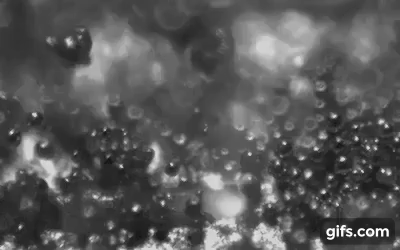Engineers and scientists at Lawrence Livermore National Laboratory (LLNL), California, have applied an algorithm to detect flaws in parts as they are 3D printed.
Convolutional neural networks (CNNs), used with real-time in situ monitoring cameras present the next step toward an ability to “fix it on the fly” and improve the reliability of metal additive systems.
“This is a revolutionary way to look at the data that you can label video by video, or better yet, frame by frame,” comments principal investigator Brian Giera.
“The advantage is that you can collect video while you’re printing something and ultimately make conclusions as you’re printing it. A lot of people can collect this data, but they don’t know what to do with it on the fly, and this work is a step in that direction.”
In-situ monitoring at LLNL
In recent years, LLNL researchers have enjoyed a number of breakthroughs significant to an understanding of material behavior in metal additive manufacturing.
In 2017, the lab published details of an ongoing study into the “spatter” phenomenon inside powder-bed fusion (PBF) based 3D printers, a concept discussed at length in an interview with Ibo Mathews, principal investigator at LLNL, in 2016.
As with these previous studies, the CNN monitoring research harnesses high-speed cameras, capturing 12 to 50 frames per 10 milliseconds (ms) of footage.

3D printing within 93% accuracy
To develop a real-time in-situ monitoring system for 3D printers, the LLNL team trained CNNs using around 2,000 video clips compared against 3D height maps of a part’s build. Through analyzing the data, the CNNs learned how to determine sub-standard quality of a part in relation to the consistency of the melted metal laser track.
As a result, the team were able to determine whether the 3D printing process was accurate to a degree within at least 93%.

“Given the volumes of data we’re collecting that machine learning algorithms are designed to handle, machine learning is going to play a central role in creating parts right the first time,” commented Giera.
“Right now, any type of detection is considered a huge win. If we can fix it on the fly, that is the greater end goal.”
“Machine‐Learning‐Based Monitoring of Laser Powder Bed Fusion” is published online in Advanced Materials Technologies journal. It is co-authored by Bodi Yuan, Gabriel M. Guss, Aaron C. Wilson, Stefan P. Hau‐Riege, Phillip J. DePond, Sara McMains, Manyalibo “Ibo” J. Matthews and Brian Giera.
For more of the latest additive manufacturing research, sign up to the 3D Printing Industry newsletter follow us on Twitter, and like us on Facebook.
On the lookout for new talent or seeking a career change? Search and post 3D Printing Jobs for opportunities and new talent across engineering, marketing, sales and more.
Featured image shows artwork illustrating melt track monitoring of a metal 3D printed part. Image by Jeannette Yusko and Ryan Chen/LLNL



